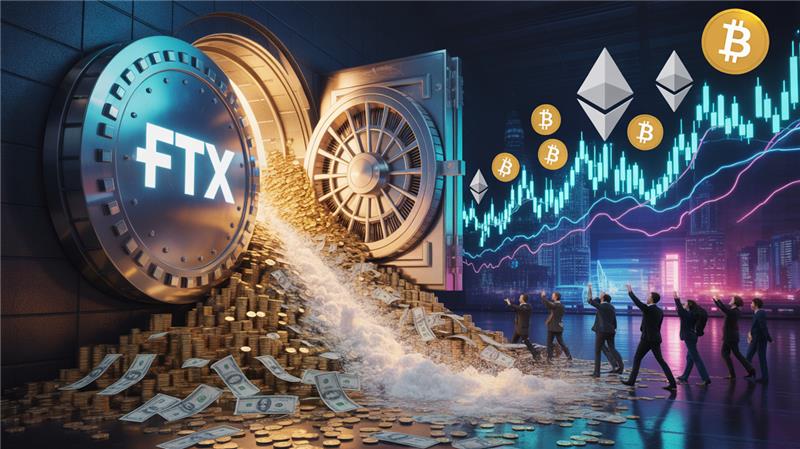On Friday, the estate managing the failed crypto exchange FTX began sending out over $5 billion to creditors. These payments cover both convenience and non-convenience class claims. The process will continue over the next three days.
Coinbase Institutional pointed out in its weekly report that this injection of capital could enhance liquidity in the cryptocurrency markets. On May 30, FTX disclosed a plan to make over $5 billion available to its creditors within three days. It Dot represents further efforts to reimburse funds to customers and creditors.
Such a moment was long awaited by the crypto community. Such a large amount being distributed could have significant implications for the digital asset space. Coinbase Institutional noted that this second round of repayments is not like the first.
FTX repayments could trigger a market bounce
The first payments were a blend of cash and crypto, but this time, stablecoins will be used. The latest market movement shows a greater bullish sentiment. Added regulatory clarity may also give institutions more confidence to act.
Thousands of creditors are getting paid, many for the first time since the collapse of FTX. This could trickle back into the crypto markets. Some might use the money to buy digital assets, be active traders, or put their money into DeFi protocols.
The volume and velocity of such transactions, handled by Bitgo and Kraken, might stimulate some short-term market activity. Not all lenders reinvest their funds into the market immediately. However, with such a large amount of capital, it is certainly more likely that trading activity will increase.
Bitcoin’s peak and the incoming FTX fund wave
Former FTX users might take this opportunity to shake up their portfolios a little during this varying cycle. Bitcoin and the entire crypto market lately peaked at an all-time high on May 22 and just seem a bit exhausted now from the band.
Increased volatility in digital assets may accompany the inflow of FTX funds. As payments are due within one to three days, fluctuations in the market are likely to be more pronounced.
Different recipients will react differently; some will buy more, and others might sell. The net effect is also uncertain, as no one can predict precisely what each will do next.







